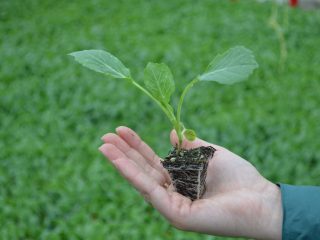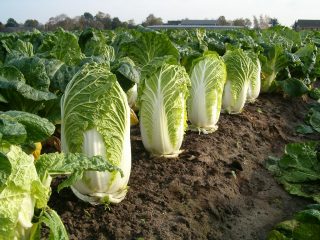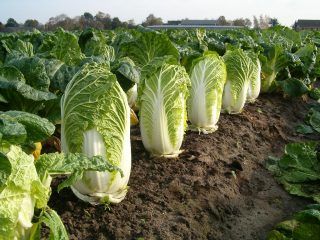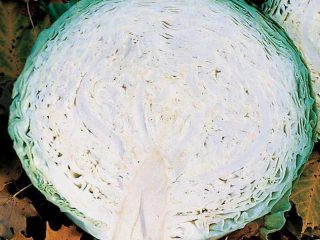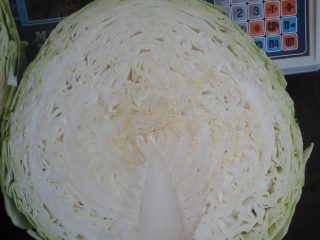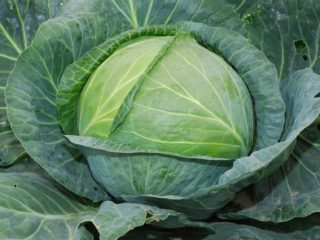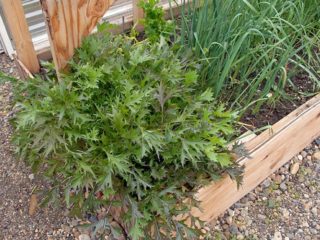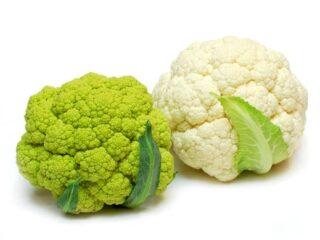Content
White cabbage is a popular vegetable that many gardeners prefer to grow. However, to obtain a high yield, it is necessary to follow not only the rules of planting and care, but also crop rotation. After all, fruiting next year directly depends on the predecessor. To achieve high results, you need to familiarize yourself in advance with which white cabbage can be planted after which crops, otherwise at the end of the season the result obtained will be radically different from the expected one.
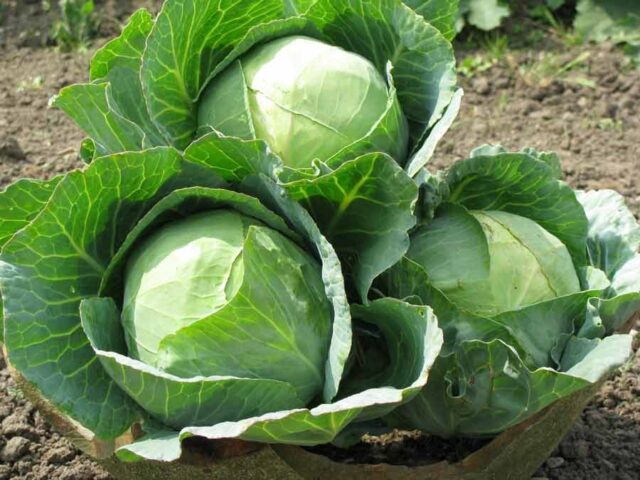
Crops should be planted in the garden taking into account their correct rotation.
Soil requirements
This cruciferous plant prefers loose, nutritious soil with good moisture and air permeability. It is also important to consider the acidity level of the soil. It should be neutral. Therefore, in case of high acidity, it is necessary to add slaked lime to the soil in advance in the fall at the rate of 300 g per 1 sq. m. m, otherwise the nutritional components will not be able to be converted into an accessible form for the plant. And this will provoke a deficiency of necessary substances.
This plant is characterized by a long growing season.In order for it to grow a large head of cabbage, it must be planted in soil rich in organic matter. Therefore, it is recommended to add 10 kg of humus per 1 square meter at the stage of preparing the bed. m. You can also additionally add 30 g of superphosphate and 20 g of potassium sulfate for the same area size.
Crop rotation rules
For successful growing of plants and good fruiting, it is necessary to take into account the rules of crop rotation. After all, you can often hear from novice gardeners that, despite strictly following the care recommendations, they were not able to get large heads of cabbage. Most often, the reason for this is improper rotation of vegetables in the garden.
Therefore, you need to know after which crops you can plant white cabbage. To understand this, it is recommended to familiarize yourself with the rules of crop rotation:
- When choosing a predecessor, it is necessary to take into account its main diseases and pests. After all, many larvae and pathogens overwinter in the soil, and with the arrival of spring they resume their life cycle. Therefore, it is important that the plant is not susceptible to the same pests and diseases as its predecessor.
- The need for nutritional components varies among crops. In order to reap a good harvest of cabbage vegetables at the end of the season, it is necessary to plant it after plants that take up nutrients from the soil in minimal quantities.
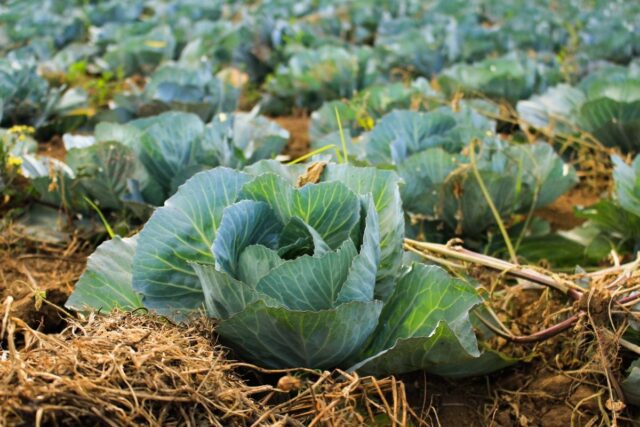
Proper crop rotation helps reduce labor costs in the struggle for harvest
Is it possible to plant cabbage after cabbage?
During the growing season, many plants release toxins that accumulate in the soil. They negatively affect the development of subsequent cultures.To a greater extent this applies to representatives of the same family. Therefore, the predecessor of the cabbage vegetable cannot be its close relative. Otherwise, this will negatively affect the development of seedlings and fruits.
After which crop is it better to plant cabbage in spring?
The best precursors for white cabbage are plants whose nitrogen requirement is minimal. You should also take into account the fertilizing scheme that was used last season.
White cabbage can be planted after the following crops:
- Cucumbers. These plants do not deplete the soil, as they consume nitrogen in small quantities. Therefore, after such a predecessor, minimal site preparation is required. The same applies to all pumpkin crops.
- Onion. Although this spicy vegetable requires nitrogen, it can also be a precursor for cruciferous vegetables. This is explained by the fact that its root system is located in the top layer of soil. Therefore, at the depth of the underground part of the cabbage vegetable, they remain in sufficient quantity, which allows it to be planted after the onion. The same applies to garlic.
- Carrots, beets. Root vegetables are also optimal precursors for cabbage when planting in the spring. After all, the underground parts of carrots and beets are at different levels, so the components necessary to nourish the above-ground fruits remain in the soil. This means that the cabbage vegetable can be planted in the spring, after preliminary preparation of the site.
- Cereals.These plants do not have common pests and diseases with the cabbage vegetable, which eliminates the possibility of it being damaged next year. In addition, grains do not deplete the soil, which allows them to be considered as optimal precursors for cruciferous crops.
- Potatoes, tomatoes, peppers, eggplants. These crops require more phosphorus and potassium. Therefore, after these vegetables, you can plant cabbage and count on a good harvest at the end of the season.
- Parsley dill. Aromatic herbs are undemanding to soil composition. This means that they can become excellent precursors for cruciferous vegetables. After all, parsley and dill consume nutritional components from the ground in minimal quantities.
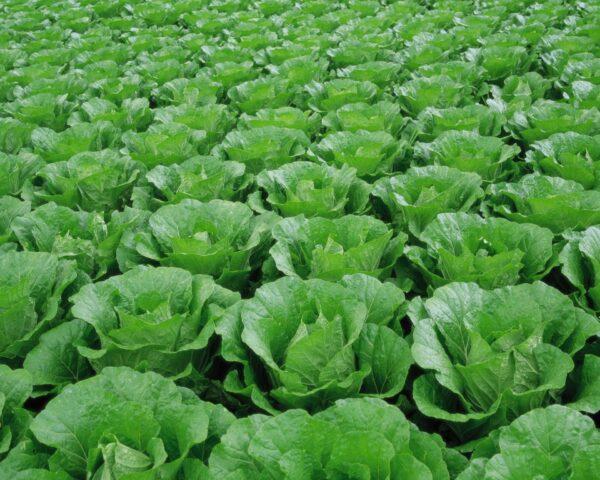
The crop can be replanted on the site in less than three years
After which crops is it better not to plant cabbage?
To successfully select a predecessor, you need to take into account the growing season of different vegetables. Experts do not recommend planting early-ripening plants after late-ripening ones, because in a short period of time the soil is unable to fully recover. This means that even if all the rules of agricultural technology are observed, the productivity of vegetables will be low.
You cannot plant cabbage in open ground after the following predecessors:
- radish;
- turnip;
- mustard;
- daikon,
- swede,
- watercress.
All these crops belong to the Cruciferous family, which increases the likelihood of being affected by the same pests and diseases.
Conclusion
Cabbage can be planted after plants that are not capable of negatively affecting its development.Therefore, when choosing a precursor, it is necessary to take into account the characteristics of its development, depending on the need for nutritional components and membership in the family. Therefore, it is necessary to plan crop rotation in advance, so as not to later regret that the wasted energy was wasted.
